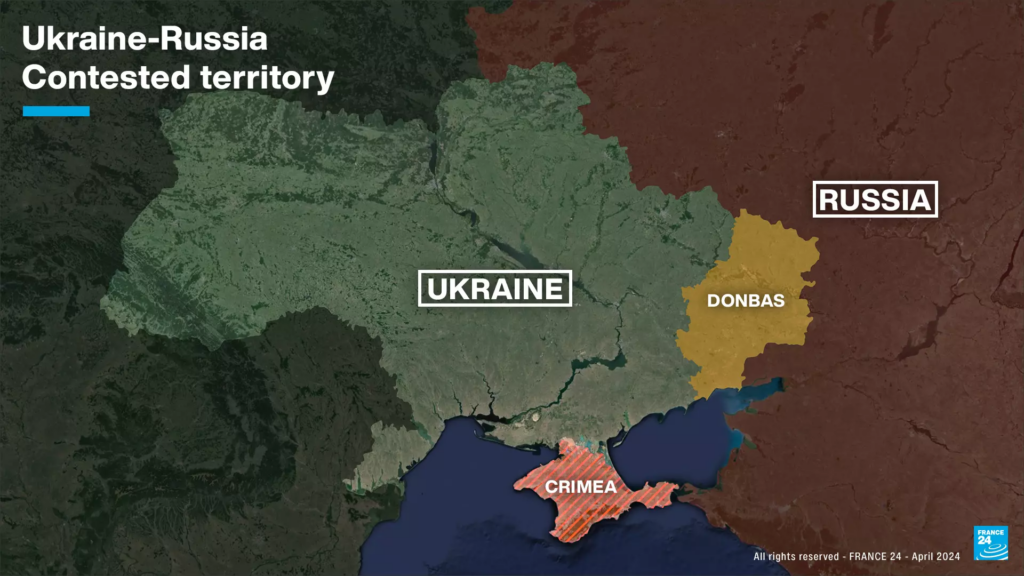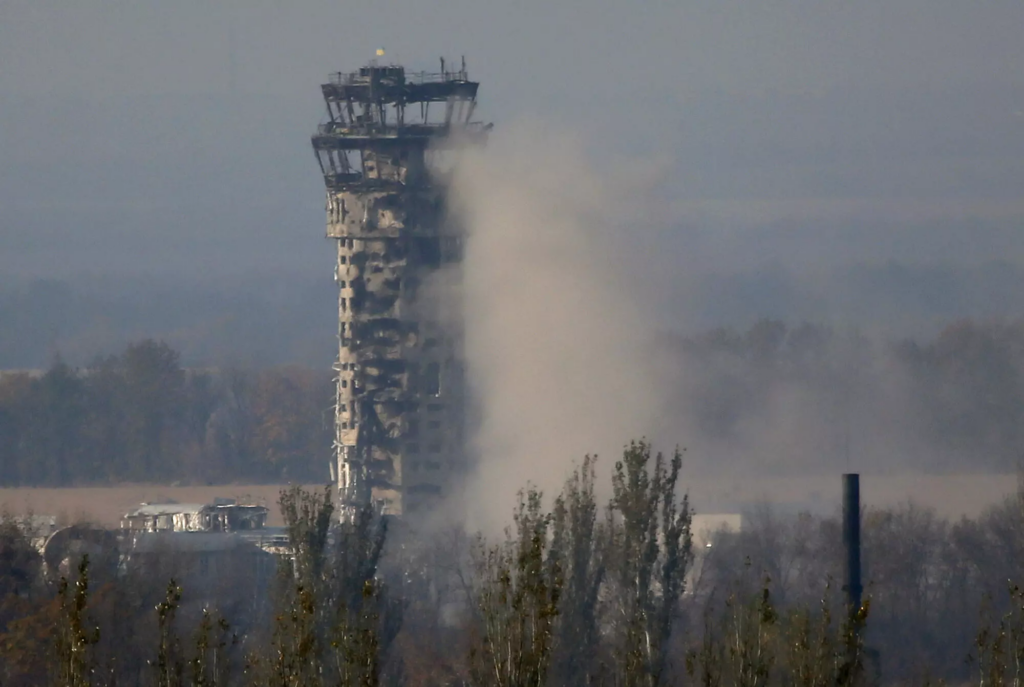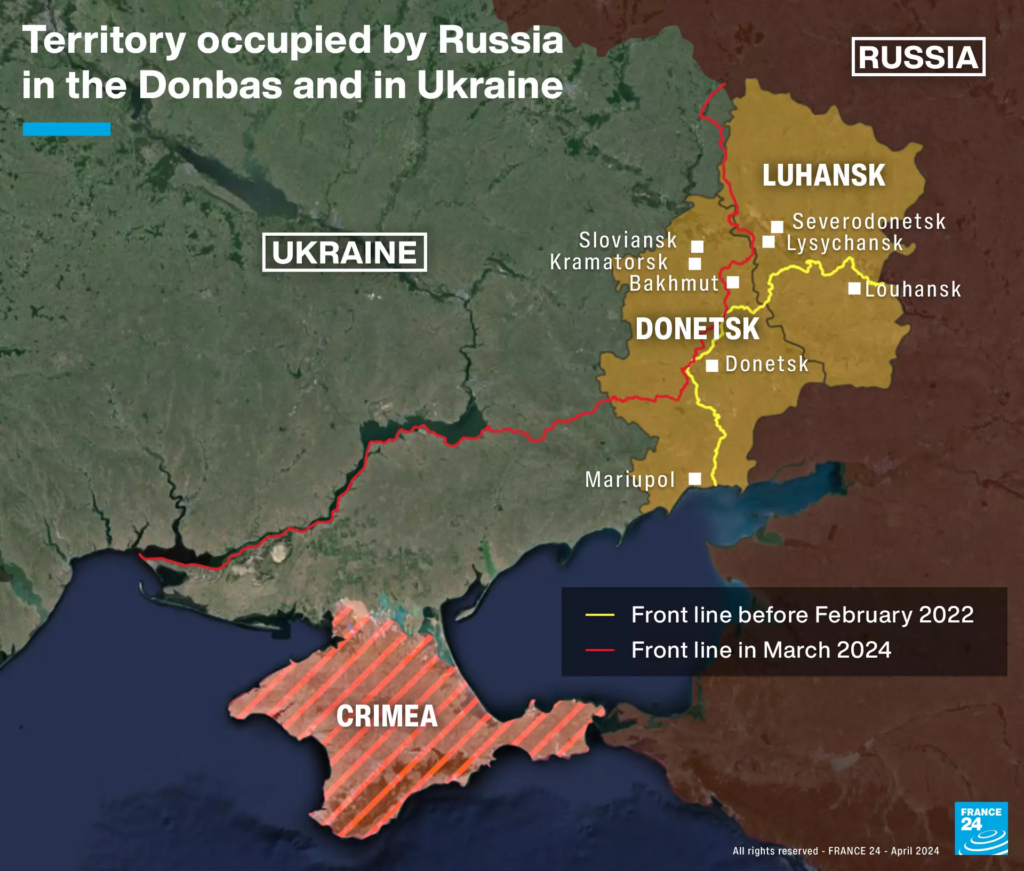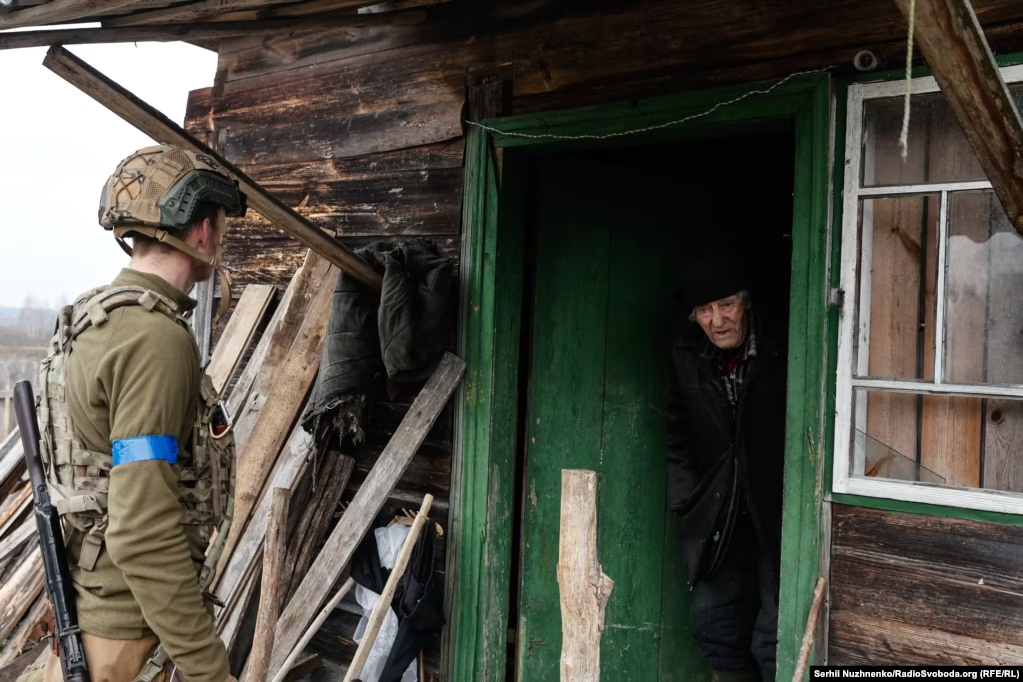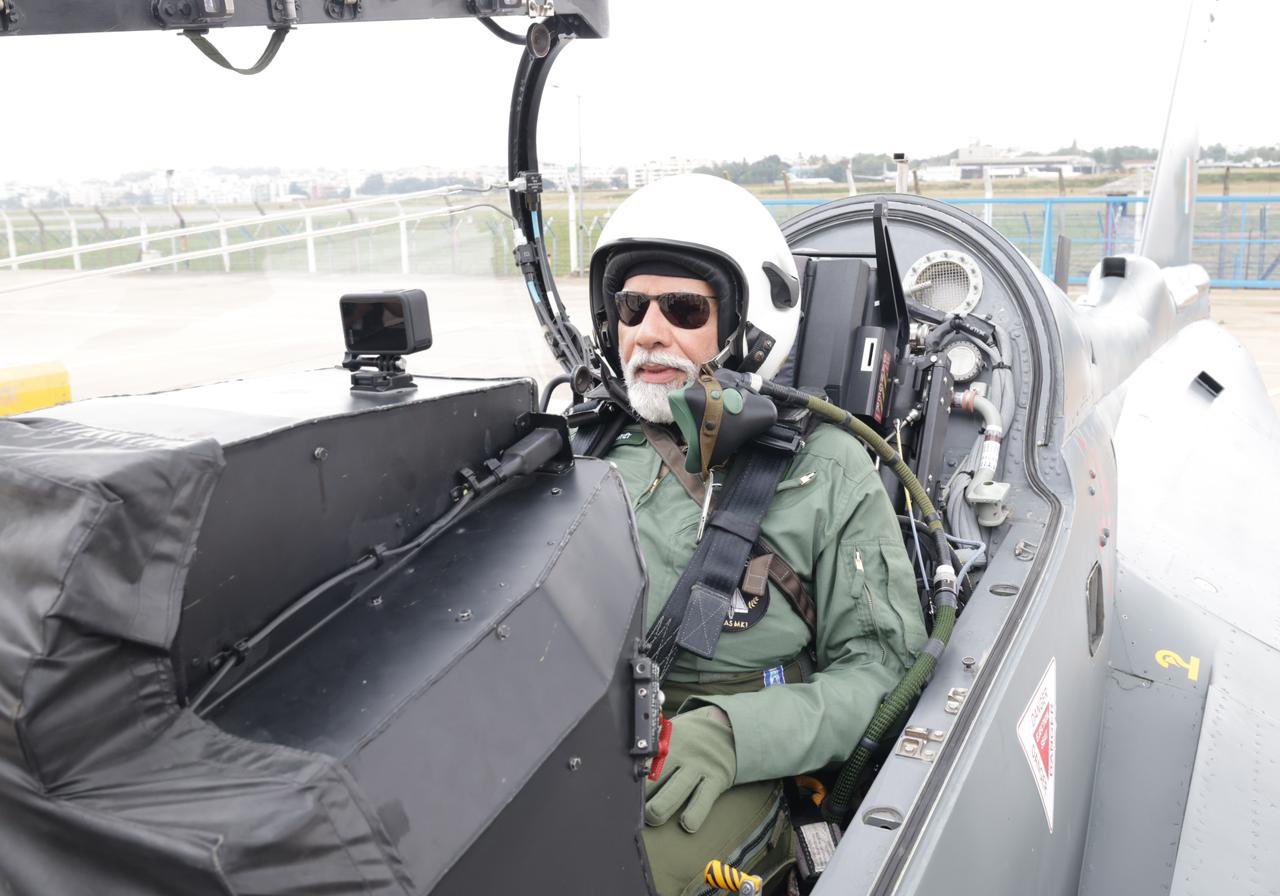The Army jawan was transported to Dinjan Military Station in Dibrugarh for treatment after suffering several bullet wounds.
Tuesday morning in Assam’s Tinsukia district, close to the border with Arunachal Pradesh, a convoy carrying members of the Assam Rifles and the Indian Army was assaulted by suspected militants brandishing rocket launchers and AK rifles, injuring an Army jawan seriously, according to officials.
Officials said that the jawan, named as Hawladar Om Prakash, a truck co-driver, was taken to Dinjan Military Station in Dibrugarh for treatment after suffering several bullet wounds.
Assam Rifles officials state that the event took place in the Margherita Police Station’s Namdang area at approximately eight in the morning. “The troop, which consisted of about twenty-five jawans, was initially attacked with rocket launchers. According to an official, the attackers later utilized weapons against army troops.
According to the police, at the time of the fire incident, three army vehicles from Changlang, Arunachal Pradesh, were traveling towards Margherita. Two of the vehicles became stuck in the area, while one car was able to escape to a safe location. Other troops later came to their aid, according to the official.
In a statement released by the Tinsukia district superintendent of police (SP), Gaurav Avijit Dilip said: “At approximately 8 a.m. today, three Assam rifle vehicles (31 Btln) were fired upon by unknown miscreants as they traveled from Changlang, Arunachal Pradesh to Margherita side Assam. The vehicles were located approximately 700 meters from the Assam-Arunachal border. One Army Jawan is critically hurt and is being transported to a hospital, according to information from CO 31 AR. The Margherita Police Station oversees this location.
According to the Assam Rifles, they believe the National Socialist Council of Nagaland (Isak-Muiviah) and the United Liberation Front of Asom-Independent (ULFA-I), two outlawed militant organizations, were responsible for the attack.
ULFA-I acknowledged their involvement in the encounter on Tuesday afternoon, but there was no official confirmation at this time.
Inputs From Hindustan Times!




